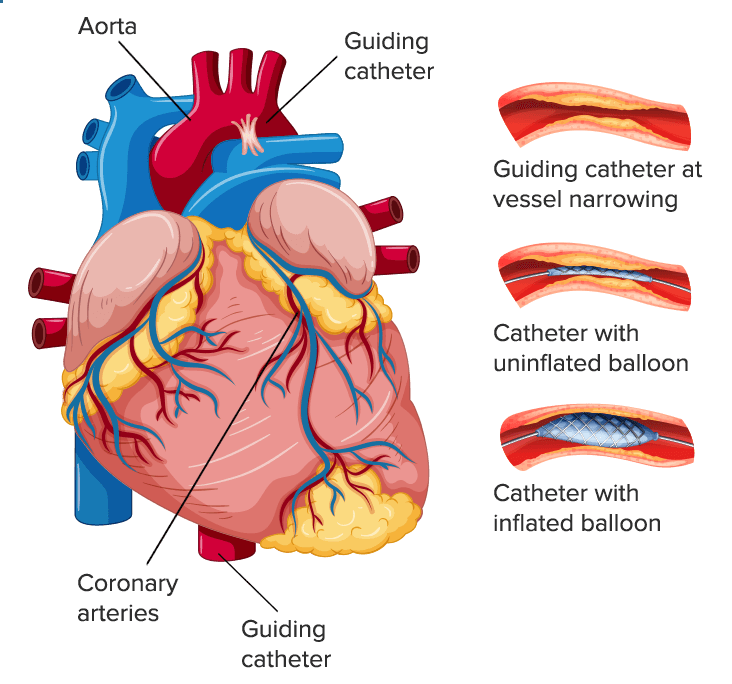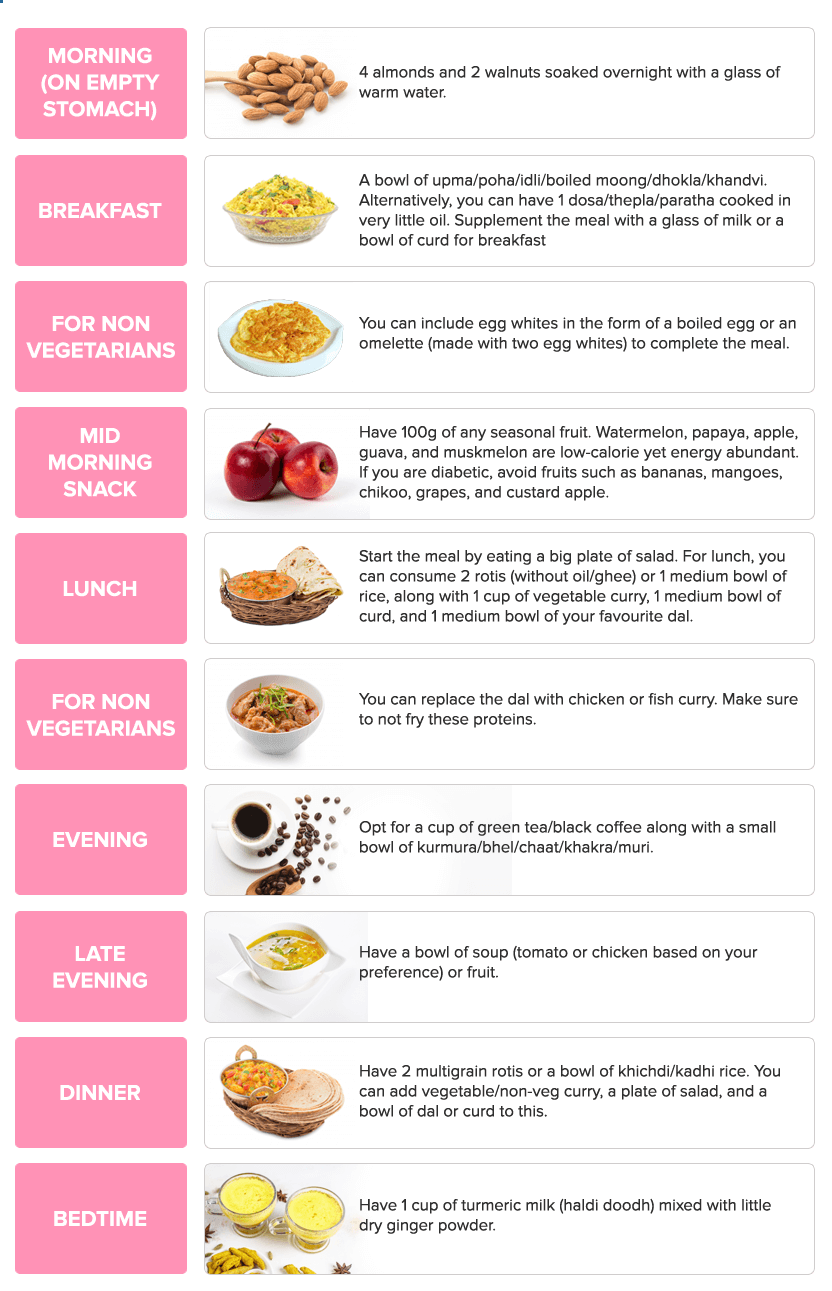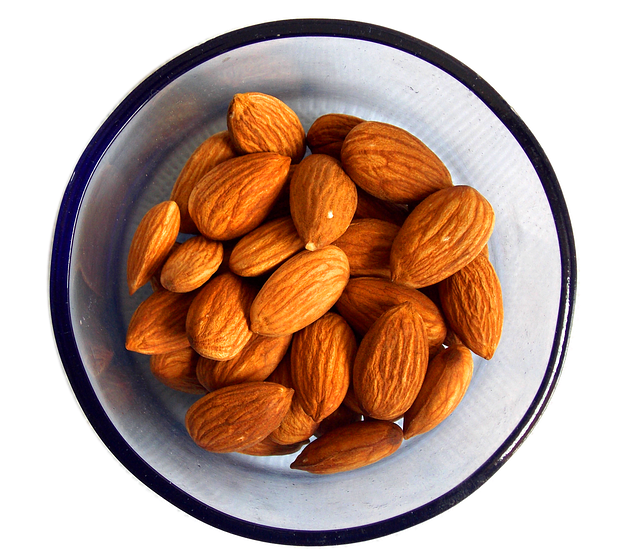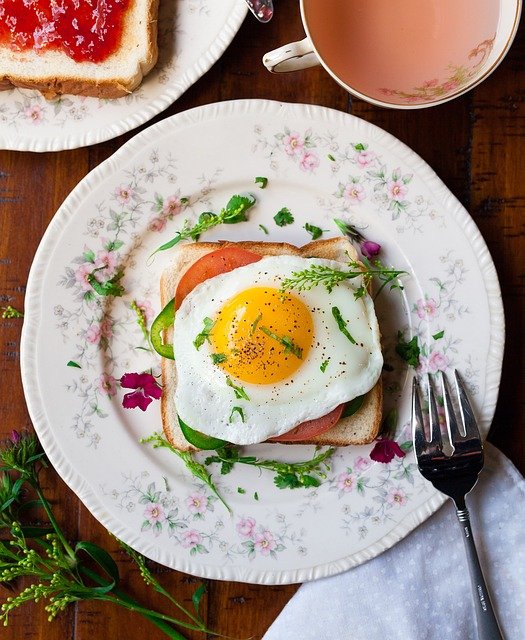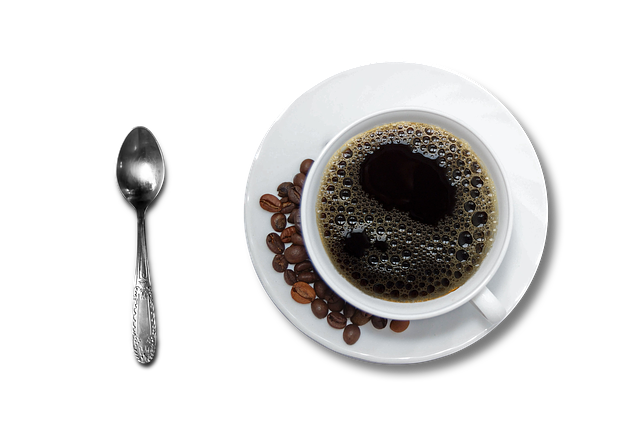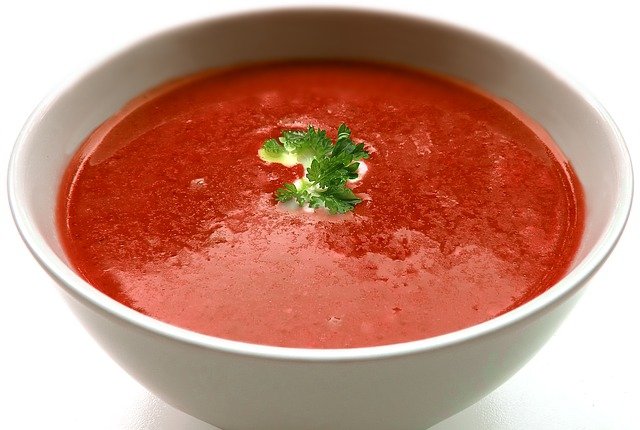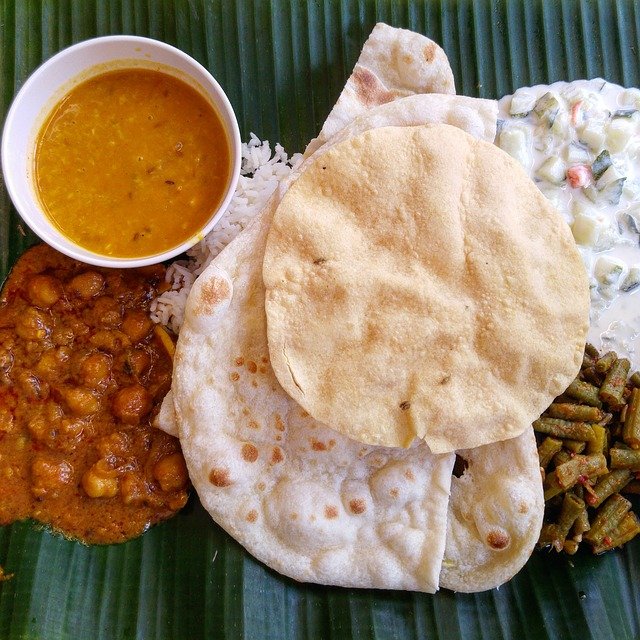Historically, it has been seen that patients experience an appetite loss post angioplasty. After angioplasty care and diet should entail consuming nourishing, nutrient-rich food at regular intervals.
Most doctors recommend a ‘balanced’ post angioplasty diet, which includes certain foods with heart-protective nutrients (such as vitamins, antioxidants, minerals and dietary fibre) that can help lower the risk of developing cardiovascular disease.
All in all, the trick to improving your cardiovascular health, reducing the cholesterol levels, and the possibility of plaque buildup is to maintain a healthy diet plan after angioplasty. Here’s a list of Indian food after angioplasty to include into your diet plan:
Yes, there is such a thing as ‘healthy fat.’ These include “healthy” unsaturated fats such as fish rich in omega-3 fatty acids (lake trout, mackerel, herring, salmon, sardines, and albacore tuna).
Other sources of healthy fat include our very own Indian ghee or clarified butter which is good for your health. That said, limit your ghee intake to 10 gm mg of ghee a week for a healthier post angioplasty diet.
Fruits and vegetables are one of the best food for angioplasty patients. Fenugreek (methi) seeds are a rich source of soluble fiber which reduces cholesterol. You can add it in your curry, dal, or curd and keep your heart healthy.
Fruits (such as oranges, pears, berries, sweet limes, apple, and melons) and vegetables (such as carrots and broccoli) provide your body with all the necessary vitamins, minerals, and fibre. Additionally, they boost your energy levels while being low in calories. In terms of the recommended portion size, you should ideally consume 2-3 portions of fruits and 4-6 portions of vegetables each day.
Food for angioplasty patients should include fruits and vegetables in their natural form instead of juices or added seasoning and toppings, which certainly add to the calorie count.
“When you’re cooking or baking, choose a fat that’s liquid instead of solid at room temperature.” The Federal Dietary Guidelines for Americans”
In the last few years, a lot has been spoken about including healthy oils into your diet. You can include vegetable-based oils such as olive oil, peanut oil, sesame oil, groundnut oil, sunflower oil, safflower
oil, mustard oil, and canola oil in food for angioplasty patients. These oils rich in unsaturated fats, the more healthy type of fat.
These oils can help in building up the essential components of your body and act as a natural lubricant for the joints. Ensure that the daily serving for oils should not exceed more than 15 ml per day or about three teaspoons of oil.
Whole grains such as steel-cut or rolled oats, brown and wild rice, whole wheat, barley, corn, plain popcorn, and quinoa are fibre-rich, filling, and can help control your blood sugar levels as well as cholesterol. All in all, they’re a great addition to your diet post angioplasty and serve as an excellent alternative to processed foods such as white bread, pasta, and rice.
Nuts and seeds are a heart-healthy snack and are calorie-rich. Hence, they’re rightly termed as the ‘mini powerhouse’ of fibre, proteins, vitamins, minerals, antioxidants, and essential fats.
Experts recommend consuming a handful of nuts (after being soaked overnight) on a daily basis. Here’s how different nuts contribute their share to the body’s overall health (including the heart):
– Almonds: Rich in calcium and Vitamin E.
– Cashews: Rich in zinc, iron, and magnesium.
– Walnuts: Rich in antioxidants and omega 3.
– Pecans: Rich in monounsaturated fats such as oleic acid along with phenolic antioxidants which help reduce the risk of heart disease.
– Hazelnuts: Rich in vitamin B6, folate, omega-6 and omega-9 fatty acids, phosphorus, potassium and zinc.
– Pistachios: Rich in manganese, phosphorus, copper, and vitamin B6.
Another great source of essential nutrients and low-fat protein, sprouts and legumes (beans, peas, and lentils) provide fibre and protein, keeping your stomach full for longer periods of time. Plus, they reduce your risk of heart disease. Two servings of sprouts per day is a must.
“Black and green teas contain modest amounts of caffeine -between 20-45 milligrams per 8-ounce cup or roughly half the amount of caffeine in the same amount of coffee.” – Harvard Health
Packaged iced teas, like processed food, are bad for your heart and contain an unhealthy amount of sugar. So, if you wish to sip on something soothing, go for freshly brewed tea. Black and green tea are a good source of flavonoids – which can help reduce inflammation and plaque buildup inside arteries.
The importance of staying hydrated cannot be stated enough – from fighting off viruses to clearing out toxins, water is key to a healthy you. You can sip warm water from time-to-time for best results.
A key misconception that people have is that all protein sources are good for you. However, consuming more protein than required can be harmful to your body.
Instead, opt for options such as fatty fish (salmon, trout, and herring which are rich in omega-3 fatty acids) and poultry (chicken and turkey) as they have less saturated fat than red meat.
When cooking them, go for healthier cooking methods such as grilling, baking, and poaching. You should also avoid high-fat sauces and gravies as they do more harm than good. Ideally, try to consume fish at least twice a week.
Summary:
– Undoubtedly, there’s a clear connection between food and heart-health. When it comes to angioplasty, the adage “You are what you eat” holds true.
– Include the above nutrient-rich foods after angioplasty to maintain a healthy heart and prevent a recurrence. Additionally, ensure that you plan your dietary chart in collaboration with a nutritionist.

 Gynecologist
Gynecologist General Physician
General Physician Orthopedician
Orthopedician Dietitian
Dietitian Pediatrician
Pediatrician Dermatologist
Dermatologist Psychiatrist
Psychiatrist Andrologist
Andrologist Diabetologist
Diabetologist Urologist
Urologist Gastroenterologist
Gastroenterologist General Surgeon
General Surgeon Endocrinologist
Endocrinologist Dentist
Dentist Cardiologist
Cardiologist Pulmonologist
Pulmonologist Fertility Specialist
Fertility Specialist Oncologist
Oncologist Neurosurgeon
Neurosurgeon Nephrologist
Nephrologist Neurologist
Neurologist Sports Medicine
Sports Medicine Cosmetologist
Cosmetologist



